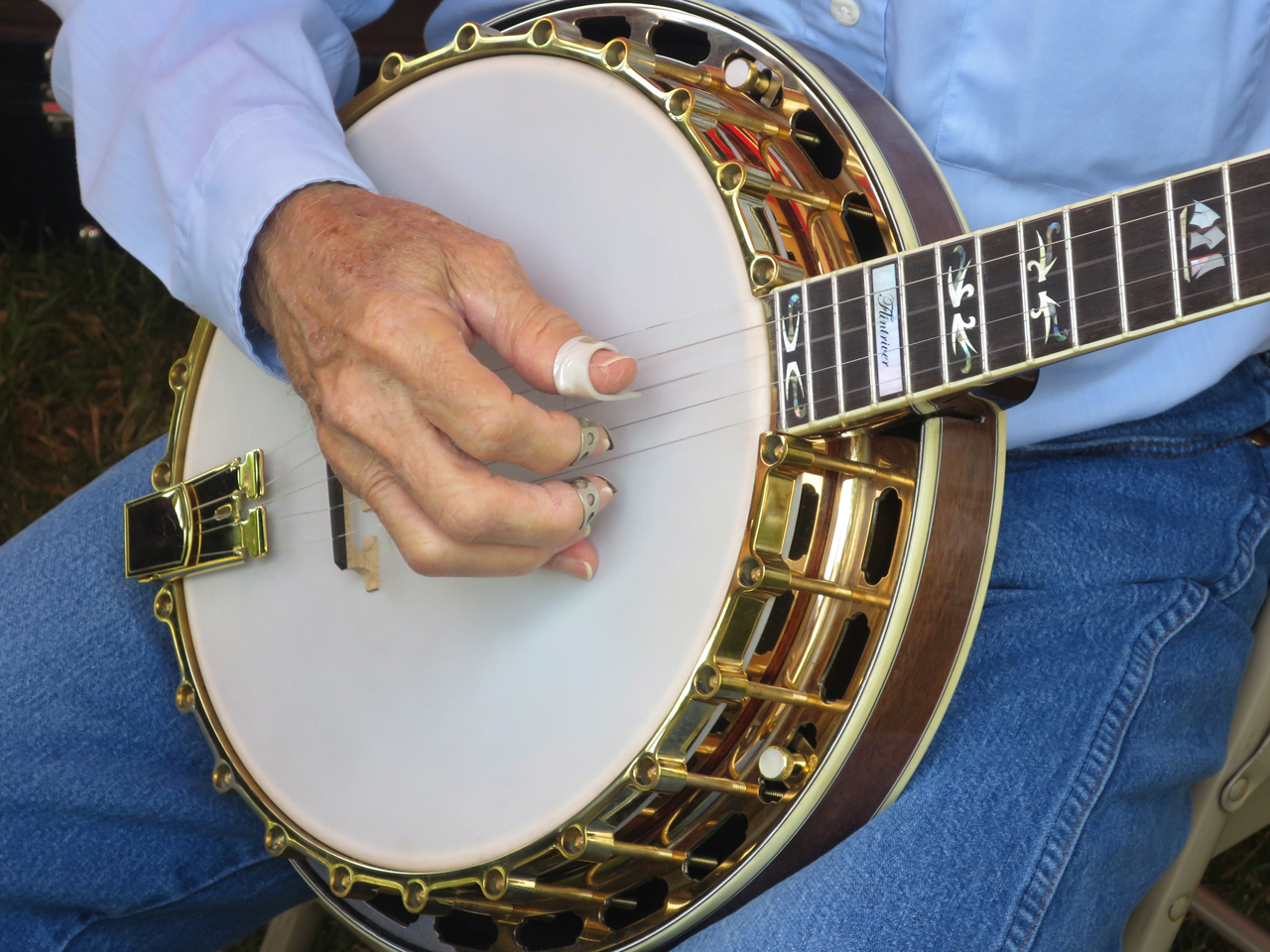Introduction
Welcome, aspiring banjoists! The banjo, with its distinctive twang and rich history, is a unique and rewarding instrument to play. If you’re just starting your banjo journey, we’ve got you covered. In this post, we’ll provide practical advice on choosing the right banjo, introduce you to some basic techniques, and share essential tips for effective practice routines.
Choosing the Right Banjo
There are different types of banjos, each suited to a particular style of music. The 4-string (or tenor) banjo is often used in jazz and traditional Irish music, while the 5-string banjo is the go-to for bluegrass and folk music. Your musical preferences, budget, and physical comfort should all play a part in choosing your first banjo. Remember, the most expensive banjo isn’t always the best choice for a beginner.
Getting to Know Your Banjo
Understanding the parts of your banjo is key to getting the best out of it. Familiarize yourself with its main components – the strings, the neck, the bridge, and the drumhead. Each part contributes to the overall sound of the banjo and understanding how they interact will help you tweak your banjo to achieve the sound you desire.
Basic Techniques
Starting with proper technique is crucial. Learn how to hold the banjo correctly, where to place your fingers, and how to strum and pick the strings. It might be tempting to speed up, but remember: accuracy before speed. Ensuring you’ve got the right technique before picking up pace will make your learning process smoother and more enjoyable.
Learning Your First Songs
Once you’re comfortable with your banjo and the basic techniques, it’s time to learn your first songs. Start with simple tunes that use basic chords and gradually progress to more complex ones. This not only gives you a sense of accomplishment but also helps in reinforcing your techniques.
Practice Makes Perfect
Establishing a regular practice routine is the key to mastering the banjo. Even 15 minutes a day can make a huge difference. Consider using a metronome to keep time, or play along with recordings to improve your ear. If you stumble upon a difficult section, break it down and practice it separately before integrating it back into the song.
Join the Banjo Community
One of the most rewarding aspects of learning the banjo is becoming part of its vibrant community. Consider joining local banjo groups or online forums. Lessons, whether in-person or online, can also be extremely beneficial. Sharing your learning process with others can be both motivating and enlightening.
Conclusion
Learning to play the banjo is a journey. There may be challenges along the way, but the joy of strumming your first tune, and the camaraderie you’ll find among fellow banjoists, makes it all worth it. We hope these tips help kick-start your banjo journey. Feel free to share your progress or any questions you might have in the comments below. Happy strumming!


